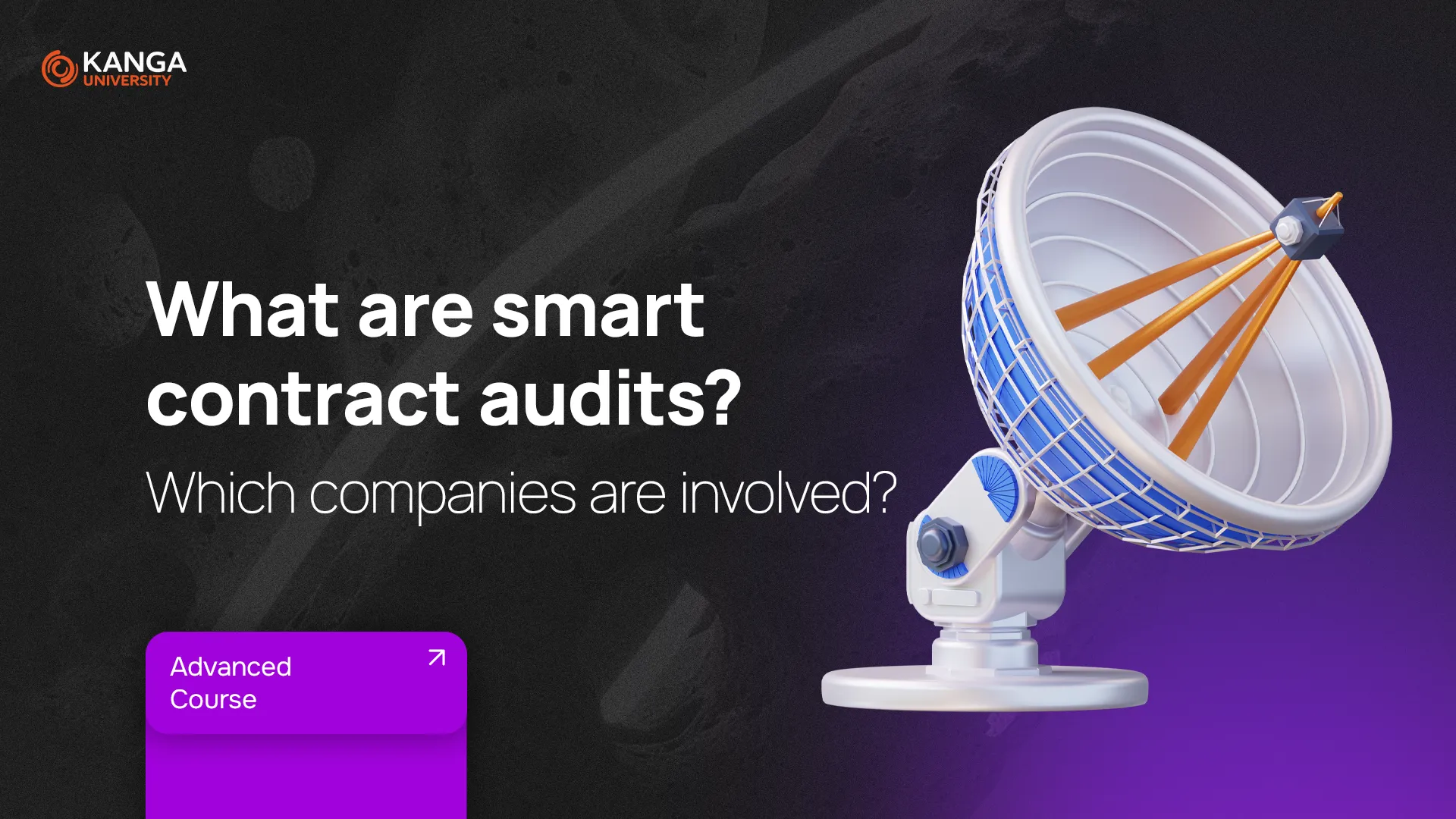
In the Web3 world, a smart contract audit isn’t just a routine check-up. It’s a critical step in ensuring that decentralized applications (dApps) are secure, reliable, and free from costly bugs. When a single line of faulty code can lead to millions in losses, auditing is not just a recommendation—it’s a necessity.
What is a smart contract audit?
A smart contract audit is a detailed analysis of the contract’s code to identify vulnerabilities, logic flaws, and inefficient coding practices. Since smart contracts, once deployed to the blockchain, can’t be edited or fixed, audits are essential to ensure that everything works exactly as intended.
What does an audit guarantee?
Blockchain technology is secure by design, but the applications built on it can contain flaws. A smart contract can cost anywhere from $7,000 to over $100,000 depending on its complexity and purpose. An audit is how developers make sure that investment doesn’t go to waste.
Audits are typically done line by line. The goal is to confirm that the contract behaves as expected, offers no backdoors for attackers, and protects user assets. For investors and users, a completed audit report is a sign of credibility and safety.
How does a smart contract audit work?
The first step is gathering all the necessary documentation. That includes the whitepaper, the full codebase, and any technical explanations. Without understanding what the contract is supposed to do, auditors can’t judge whether it works correctly.
At this stage, developers and auditors agree on a “code freeze.” No more changes will be made to the contract while the audit is ongoing.
Next, automated tools run a series of tests:
-
Unit tests to check individual functions
-
Integration tests to analyze how different parts interact
-
Penetration tests to detect potential vulnerabilities
Once the automated tools have done their job, the auditor moves on to manual testing. This step is crucial. While software can detect syntax errors and known patterns, only human auditors can understand logic, intent, and subtle design issues. They read the code carefully and look for inconsistencies or risky assumptions that machines might miss.
After identifying the issues, the auditor works with the development team to fix them. This back-and-forth process is time-consuming, but it ensures the final product is solid and secure.
Finally, the auditor produces a full report. This document includes all identified issues, their severity, and recommendations for how to fix them. It’s an essential resource for developers, investors, and end-users alike.
How long does it take?
That depends on the size and complexity of the contract. Simple projects can be audited in a few days, while more advanced dApps can take weeks. Still, this time investment is worth it to avoid security breaches and build trust in the project.
Most-used tools in smart contract audits
-
Echidna – property-based testing for Ethereum smart contracts
-
Ethlint – linter for Solidity code
-
Mythril – security analysis tool for EVM bytecode
-
MythX – automated vulnerability scanner
-
Rattle – binary framework for static analysis
-
Solgraph – visualizes function control flow
-
Scribble – translates high-level specs into Solidity assertions
Leading smart contract audit firms
-
CertiK
-
Hacken
-
OpenZeppelin
-
ConsenSys Diligence
-
Trail of Bits
-
PeckShield
-
ChainSecurity
-
Quantstamp
-
Certora
Summary
Smart contract audits are essential for the health and safety of Web3 applications. They help detect problems before launch, protect users from losses, and give developers confidence in their code. With the growing complexity of blockchain systems, auditing isn’t just a best practice—it’s a core part of building trustworthy crypto infrastructure.